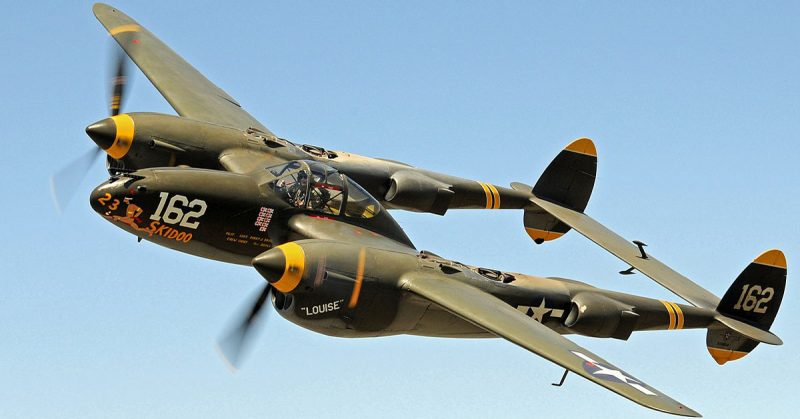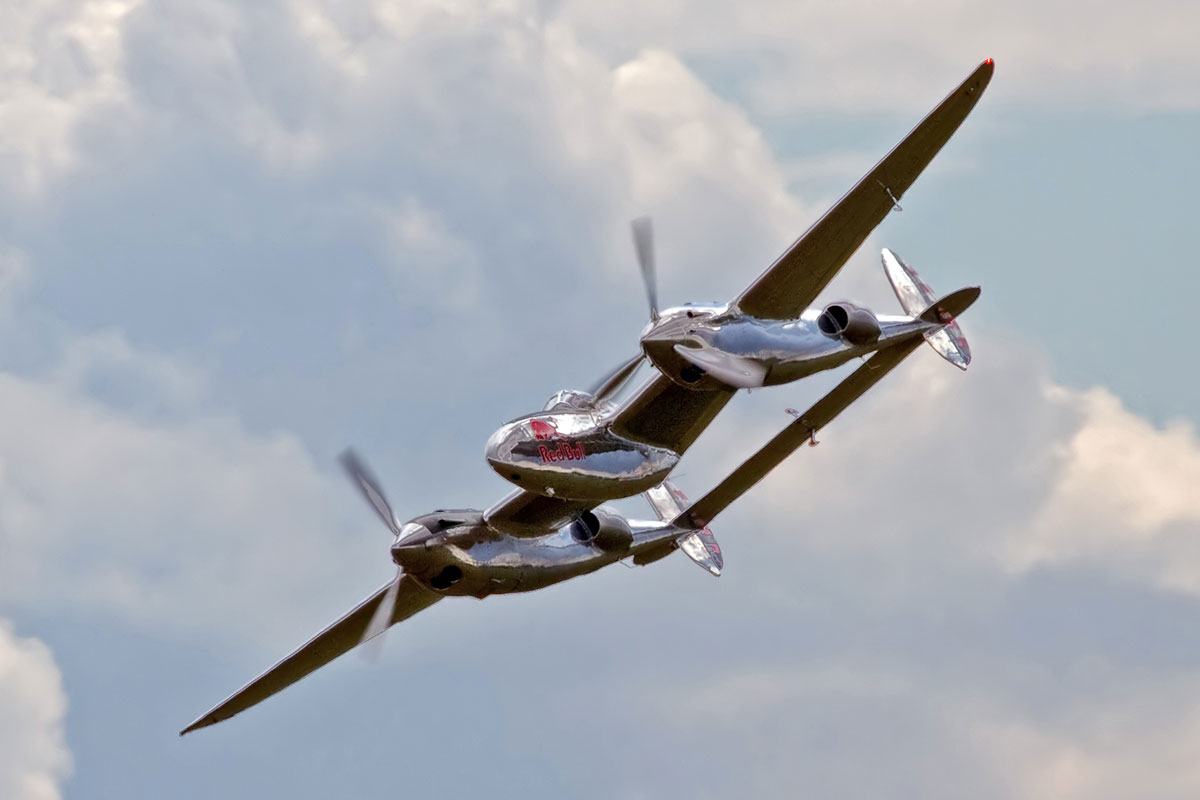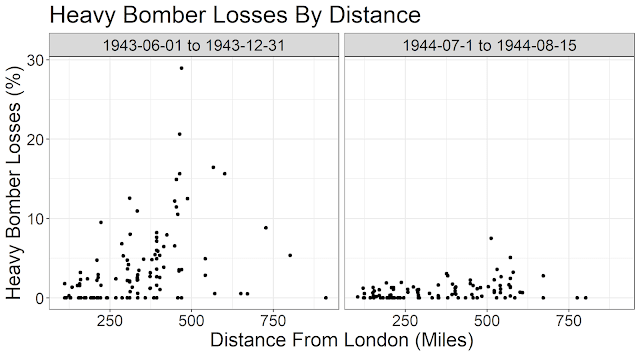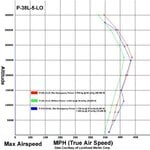FLYBOYJ
"THE GREAT GAZOO"
In the early 1990s I was told similar by none other than Tony LeVier."The TRUE maximum speed of a P-38L was not the much published 414 mph. This reflects Military Power, not War Emergency Power. In WEP, a clean P-38L could exceed 440 mph. The P-38J with its lower rated engines could pull speeds in the low to mid 420's."





